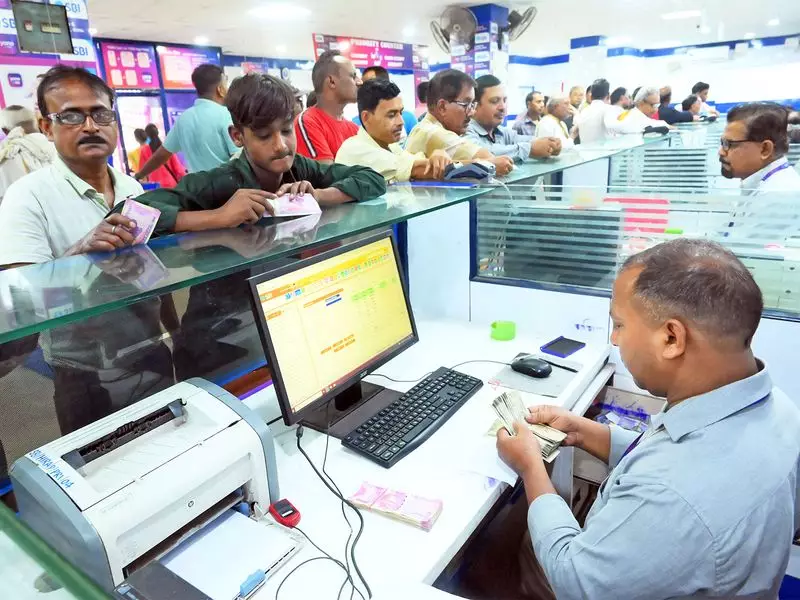
In a significant development for India's financial landscape, global investment banking giant Goldman Sachs has projected that the Reserve Bank of India (RBI) will likely commence interest rate reductions starting October 2024. This anticipated monetary policy shift is expected to catalyze substantial credit demand across the economy.
Monetary Policy Turning Point
The analysis from Goldman Sachs economists, including Santanu Sengupta, suggests that the RBI's Monetary Policy Committee (MPC) will maintain the current repo rate of 6.5% throughout the first half of 2024. However, the tide is expected to turn by the year's end, with potential rate cuts totaling 75 basis points beginning in the fourth quarter.
The timing aligns perfectly with the projected moderation in inflation, which is expected to settle comfortably within the RBI's target range of 2-6%. This creates the ideal conditions for monetary easing that could stimulate economic activity across multiple sectors.
GST Reforms: The Game Changer for Credit Growth
Beyond monetary policy, Goldman Sachs highlights another critical factor poised to transform India's credit landscape: the ongoing reforms in the Goods and Services Tax (GST) system. The economists emphasize that GST reforms are emerging as a powerful catalyst for formalizing credit and expanding its reach throughout the economy.
The implementation of GST has created a robust digital trail of business transactions, enabling lenders to better assess creditworthiness, particularly among small and medium enterprises that previously operated in the informal sector.
Key Drivers of Credit Expansion
- Improved credit assessment capabilities through GSTN data
- Increased formalization of small and medium businesses
- Enhanced transparency in business transactions
- Better risk management for financial institutions
Economic Implications and Growth Prospects
The combination of anticipated rate cuts and GST-driven credit formalization creates a powerful synergy for India's economic growth. Lower borrowing costs coupled with increased credit accessibility could significantly boost investment and consumption patterns.
The banking and financial services sector stands to benefit substantially from this dual development. As credit demand accelerates and the quality of lending improves through better data availability, financial institutions are positioned for sustainable growth.
Goldman Sachs maintains that these factors collectively reinforce India's position as one of the fastest-growing major economies globally, with the financial sector playing a pivotal role in this growth trajectory.





